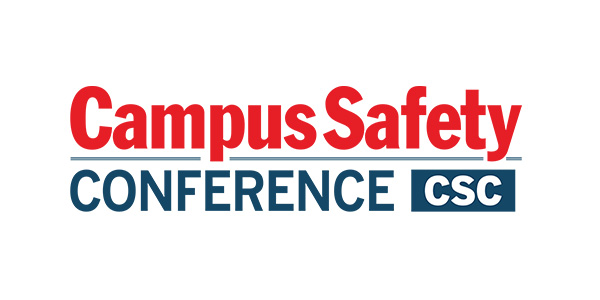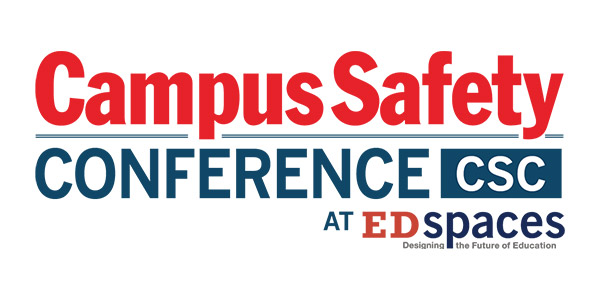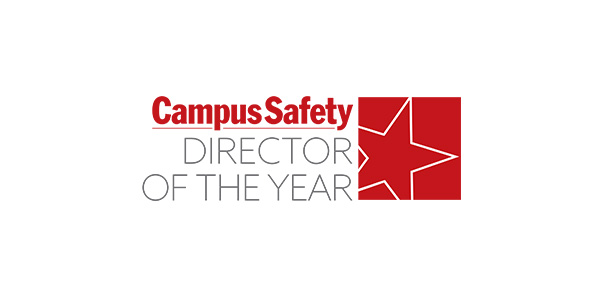In Case of Fire
Students should practice fire evacuations in case there is a fire on campus. If a smoke detector ever sounds, students should leave the building immediately and gather at their meeting place until it is safe to go back inside.
If a fire starts, students should:
- “Get low and go” under the smoke to the nearest escape route
- Help students with mobility impairments
- Always take the stairs to prevent entrapment in an elevator
- Carefully feel a closed door before opening. If it’s too hot, find another route
If a student is trapped in room, he or she should:
- Keep all doors closed
- Call 911
- Put a wet towel under the door to prevent smoke from filling the room
- Open a window and wave a bright cloth or flash light to call for help
For off campus apartments, students should keep up with safety measures on their own to ensure the entire apartment is safe, including:
- Check all smoke detectors and sprinkler systems are functional
- Formulate an evacuation plan (locate 2 exits and all other evacuation routes)
- Ask when the last heat and Fire Marshal inspections took place
- Check that all windows open easily
- Utilize PASS when using a fire extinguisher
(P: pull the pin and hold the nozzle away from youA: Aim for the base of the fireS: Squeeze the lever slowlyS: Sweep the nozzle from side to side)
Protecting Each Other
Students with mobility disabilities need to take extra precautions to stay safe in case of a fire. These students should:
- Get help from the dormitory’s residence assistant or residence director when formulating an escape plan (escape plans should be created based on a student’s individual needs)
- Identify at least two exits in his or her room
- Make sure mobility aids (such as wheelchairs or walkers) will fit through doorways
- Practice opening locked or barred windows
For Those With a Burning Desire to Learn
For students who are interested in taking fire safety to a higher level, they can enroll in a fire safety program and earn a degree in fire sciences.
In these programs, students learn about the proper use and occupancy of loading buildings, what starts fires, the functions of sprinkler and alarm systems and emergency evacuation plans and equipment. Some programs teach students how to design fire detection and fire suppression systems, and get on-the-job experience as a part of a firefighting staff. Most curricula also include classes on fire barriers, smoke management, risk analysis, and the psychology of humans during an emergency.
Once a student goes through a rigorous education, he or she goes through training requirements upheld by his or her state. Career paths for a fire science degree include management roles and firefighters.
Final Takeaway: Don’t Play with Fire
No matter how prepared a college may be, fire is still dangerous. Of the 3,800 campus fires that the United States endures each year, firefighters are hit with 81,070 injuries per year. By investing the time to master safety tips and respecting precautions, colleges and students can ensure a safe experience on campus.






